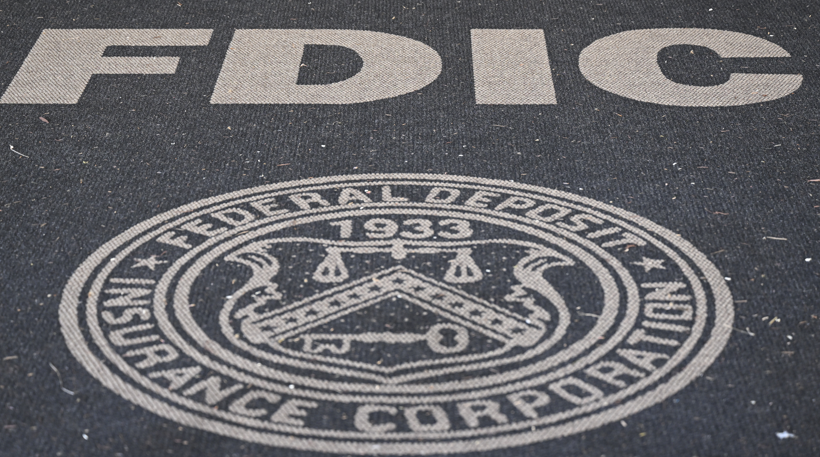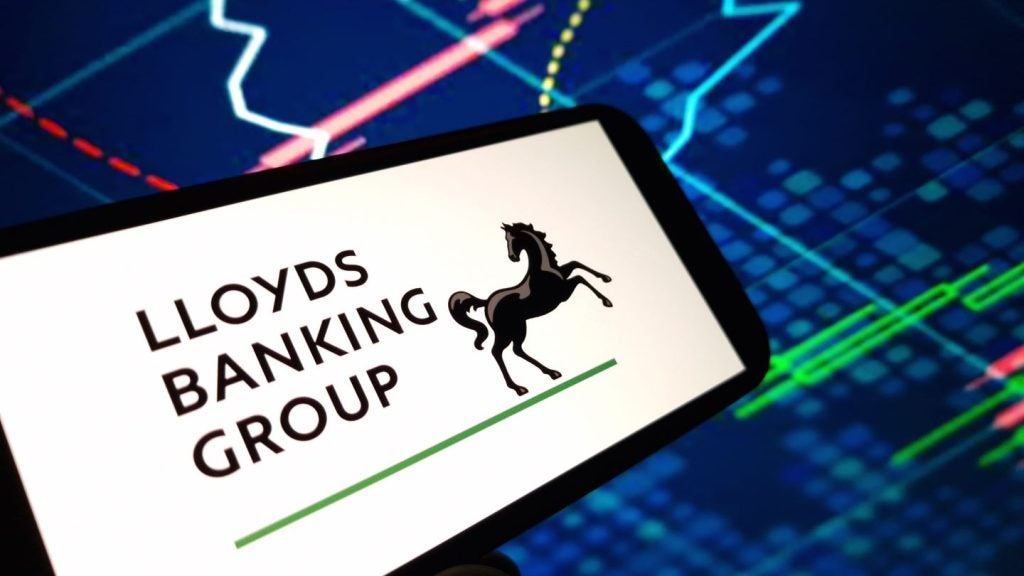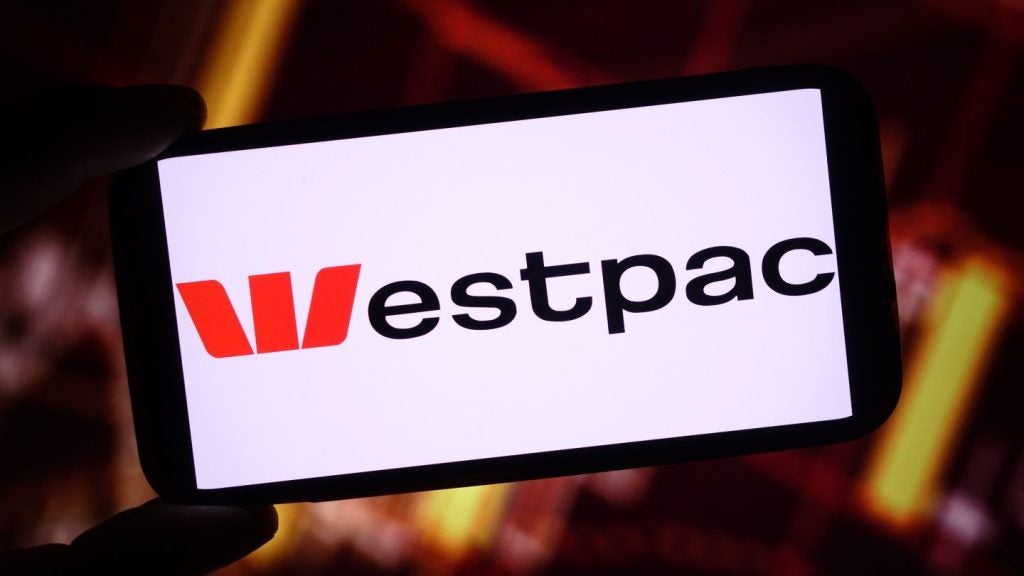
Earlier this year, we witnessed the most significant bank failures since the 2008 financial crisis.
Two banks regional banks, Silvergate and Signature, failed, as did First Republic, who after seeing a flood of customer withdrawals, was taken over by JP Morgan in early May.
The largest and most significant of these regional bank collapses was Silicon Valley Bank (SVB). The 16th biggest lender in the US at the end of 2022, with about $209bn in assets, SVB focused on lending to the tech sector, which other banks neglected due to greater associated risk. But was this the singular cause of collapse, or is there a deeper issue in the banking sector?
The Fed’s perfect storm
A large factor in the collapse of these banks is the United States Federal Reserve Board action during the last 12 months. Over the past year, the Fed has been hiking interest rates quickly and aggressively, in an effort to tame the country’s high inflation. From March 2022 to March 2023, interest rates rose from a band of 0.25%-0.5% to 4.5-4.75%.
There is a common belief on Wall Street that the Fed increases rates until something breaks. With an interest rate strategy as aggressive as this – it was never going to be long until we found out what.
As the Fed hiked rates, short-term interest rates rose above long-term rates. During the pandemic, tech startups with spare cash from funding rounds had placed their deposits with tech-friendly banks like SVB. Because these startups had bloated funding rounds under their belts, there was little demand for loans – so SVB invested most of the money in long term, “risk-free” bonds such as mortgage-backed securities and US Treasuries. This, it would come to pass, was a big mistake.

US Tariffs are shifting - will you react or anticipate?
Don’t let policy changes catch you off guard. Stay proactive with real-time data and expert analysis.
By GlobalDataTurbulent times mean high withdrawals
In the high-interest rate environment the Fed had created, tech firms found that funding rounds were increasingly difficult to come by – meaning they began to withdraw and spend their deposits placed with SVB. At the same time, these higher rates led to the prices for the bonds that SVB invested in falling – squeezing SVB’s profit margins and unsettling its balance sheet.
As more and more clients began to withdraw their deposits, SVB started selling some of its longer-dated bonds at a loss to honour these withdrawals. Despite desperate please from SVB CEO Greg Becker for depositors to keep their money with the bank, firms came forward in droves to withdraw their money due to news circulating that SVB would soon run out of money. This action forced further bond sales from SVB, to honour these withdrawals. A self-fulfilling downward spiral ensued.
March 8 2023 was the final nail in SVB’s coffin.
The bank publicly announced that they were looking to raise $2.5bn in order to plug the hole in their balance sheet and recoup the $1.8bn loss on the sale of securities. Despite pleas from CEO Greg Becker to remain calm, many remaining depositors rushed to withdraw their funds over the next two days. Then on March 10th, the California Department of Financial Protection and Innovation (DFPI) stepped in and shut SVB down, appointing the Federal Deposit Insurance Corporation (FDIC) as its receiver.
Inconsistent regulatory response
In the initial response to SVB’s call for support, U.S. Treasury Secretary Janet Yellen insisted that the government would not bail out the bank. She, as well as the Fed and FDIC faced pressure from lawmakers and industry groups to support the bank in a manner that would instil confidence among depositors and in the broader system.
However, concern quickly spread to other regional banks after SVB’s shutdown. In the days following SVB’s collapse, New York’s Signature Bank failed, First Republic Bank was taken over by JP Morgan, and many other regional banks and lenders saw their stock prices plummet. Seeing the chaos that ensued, the Treasury saw no option but to reverse their decision.
Following pressure from the Fed and FDIC, a “systemic risk exception” was made for SVB, resolving the issue in a manner that would prevent all depositors from losing funds, both insured and uninsured.
The Fed later announced it would establish a new lending facility, the Bank Term Funding Program (BFTP), as an additional source of liquidity against high-quality securities, eliminating an institution’s need to quickly sell those securities in times of stress and protecting banks from unrealised losses in those portfolios.
Importantly, the BFTP offers loans to federally insured depository institutions that provide US Treasuries and mortgage-backed securities as collateral and will value the assets at par. Whilst this ruling will protect depositors in the short term, this will encourage banks to take more risks in the future and speaks to a deeper issue on the banking sector regarding its inability to learn from its mistakes and adequately manage risk.
The regulatory response to the SVB collapse has created optimism in the industry. Bank stocks have steadily crept back upwards, as decisive action and bailouts have drastically reduced the likelihood of more major banks failing. However, if inflation is not tamed and interest rates continue to rise, it is possible that down the line we may see more bank collapses like those in Q1 – as a symptom of the banking sector’s inability to weather turbulence consistently and reliably.
David Morrison is Senior Market Analyst at Trade Nation







